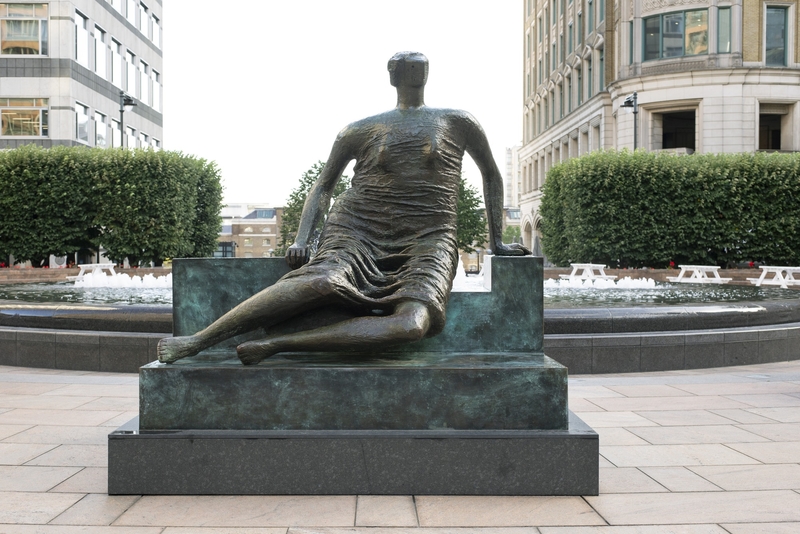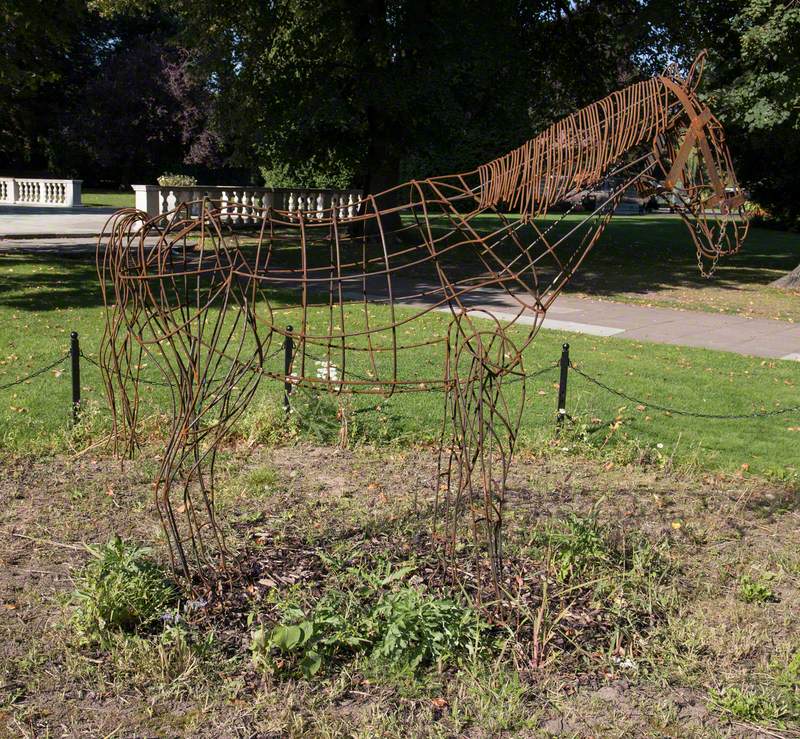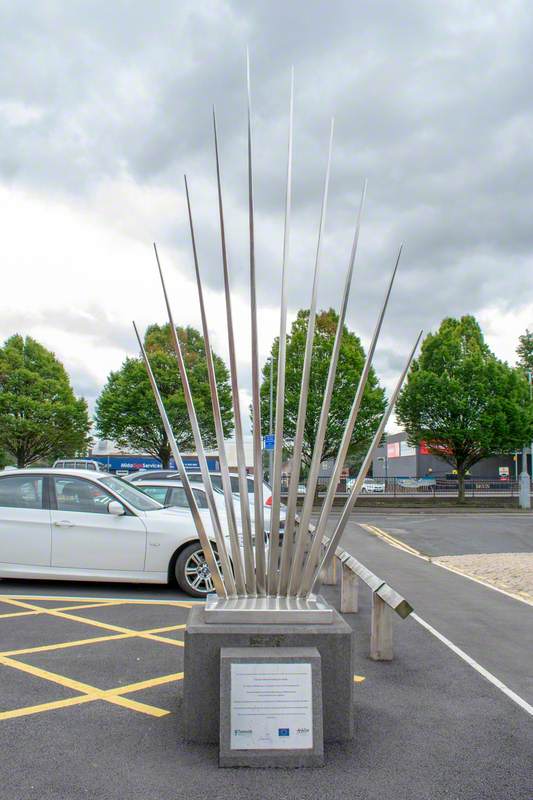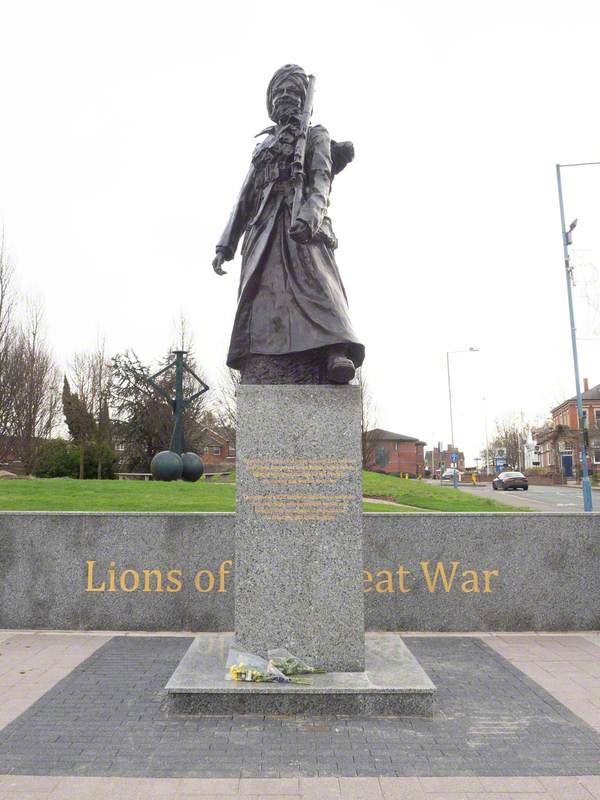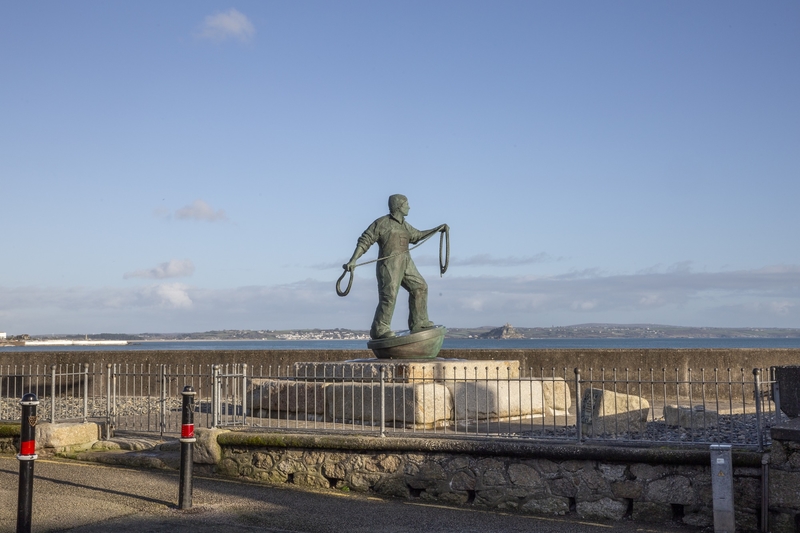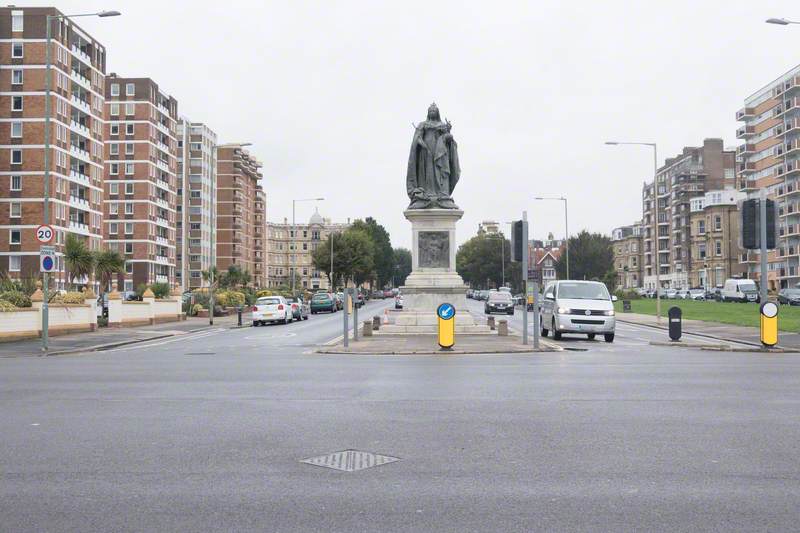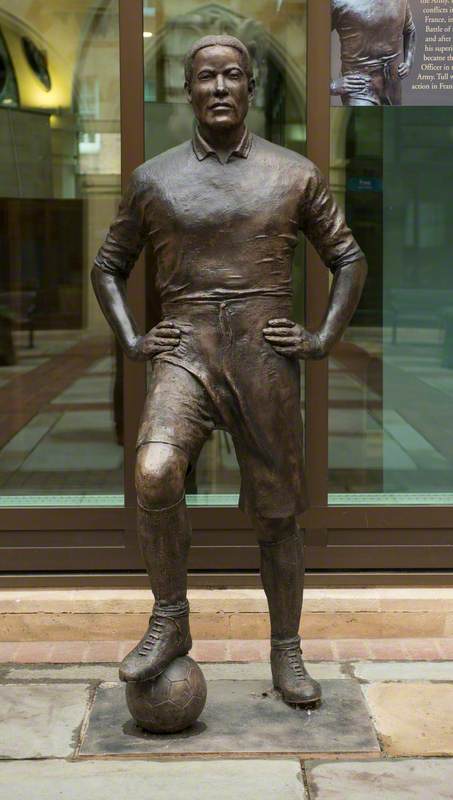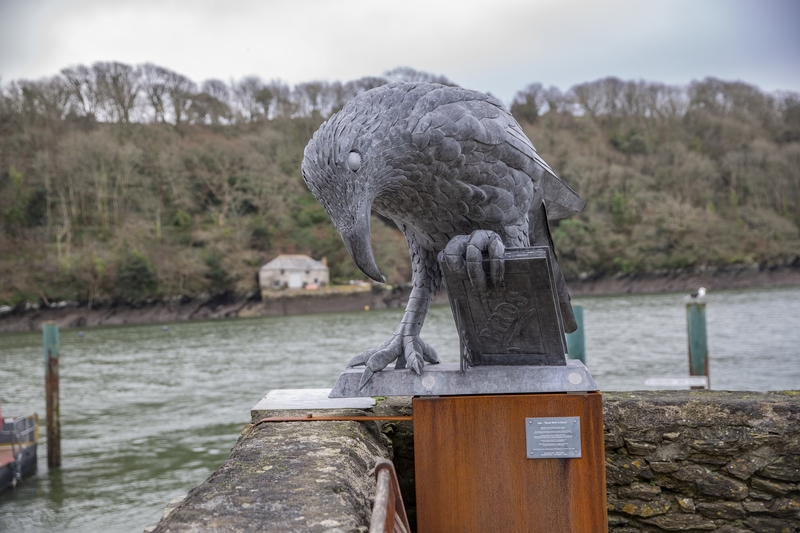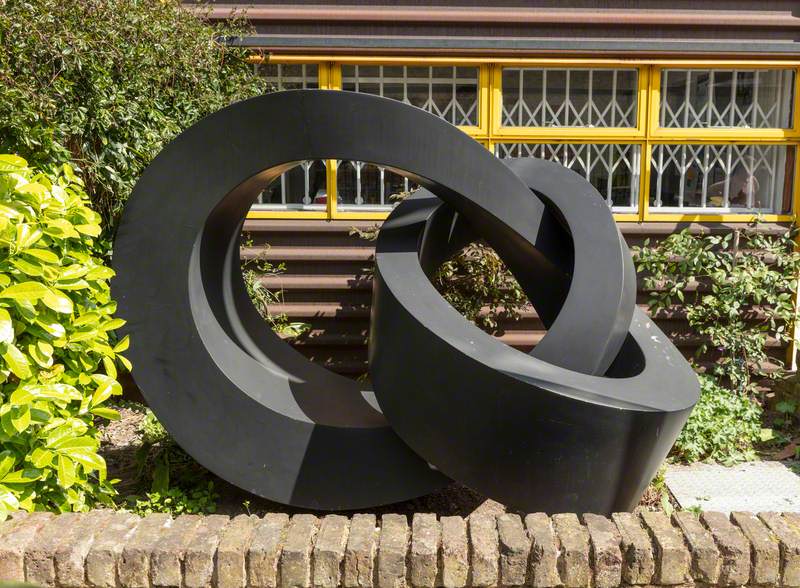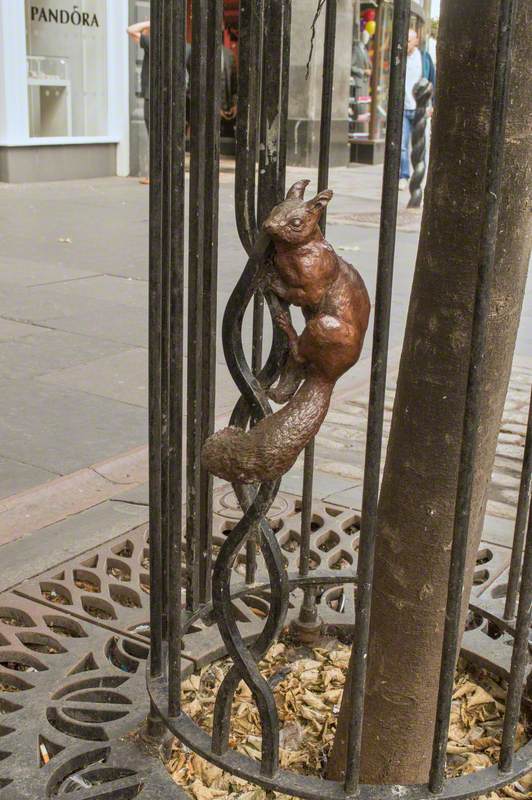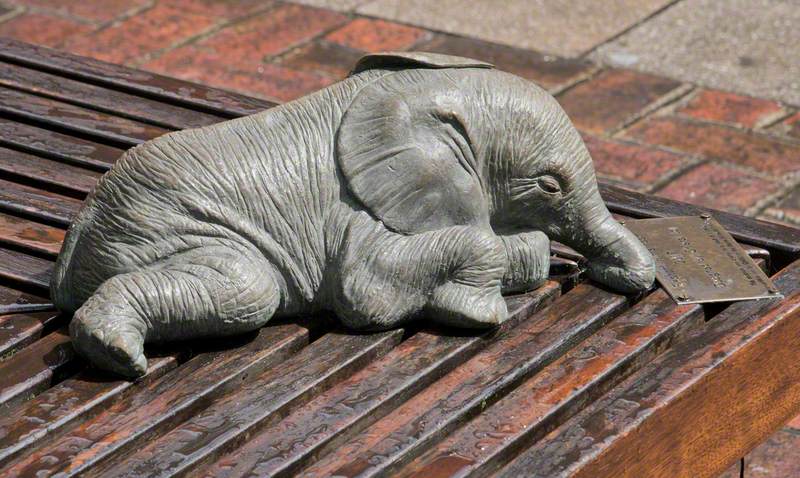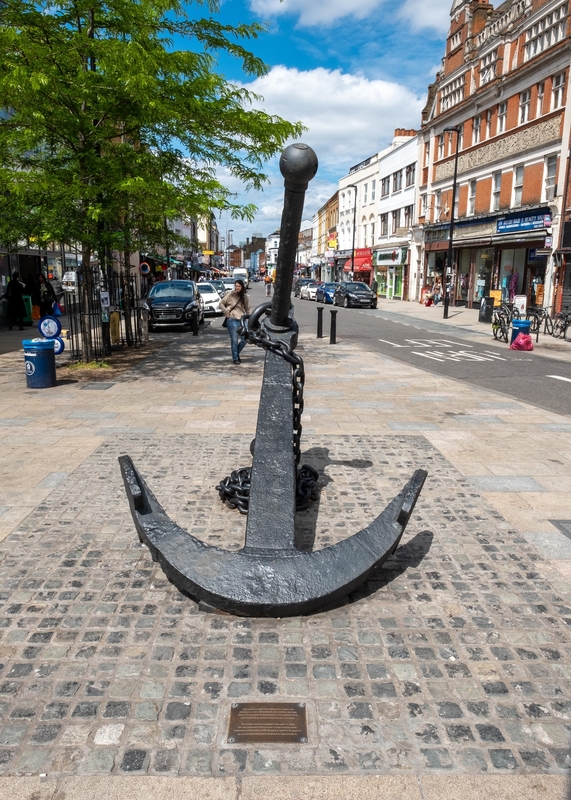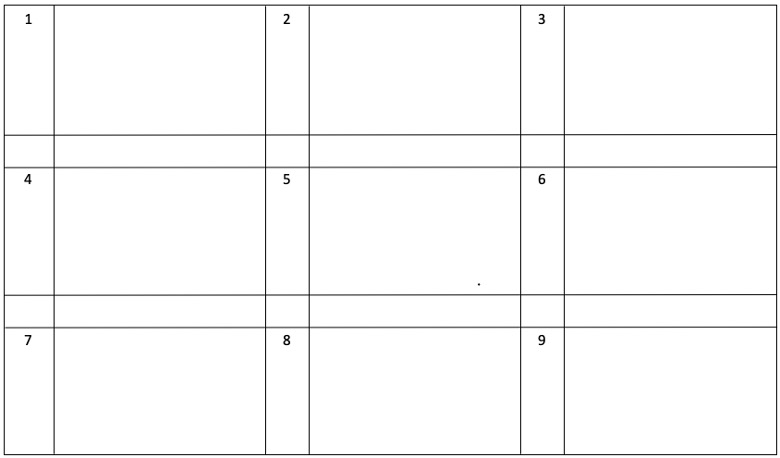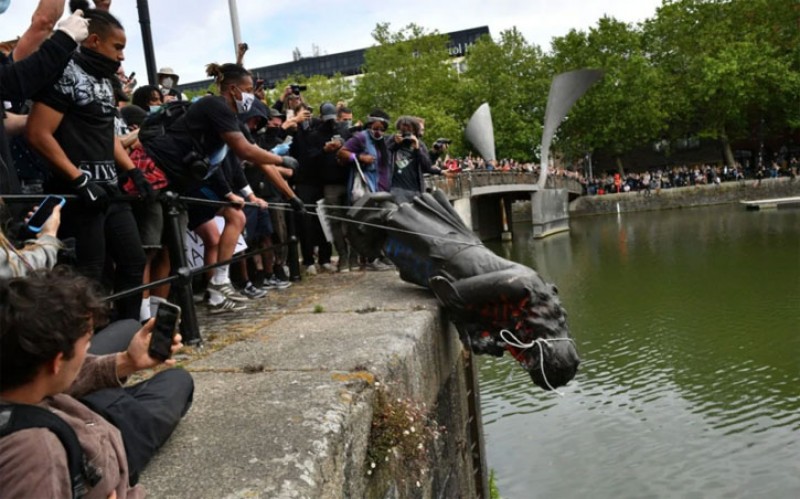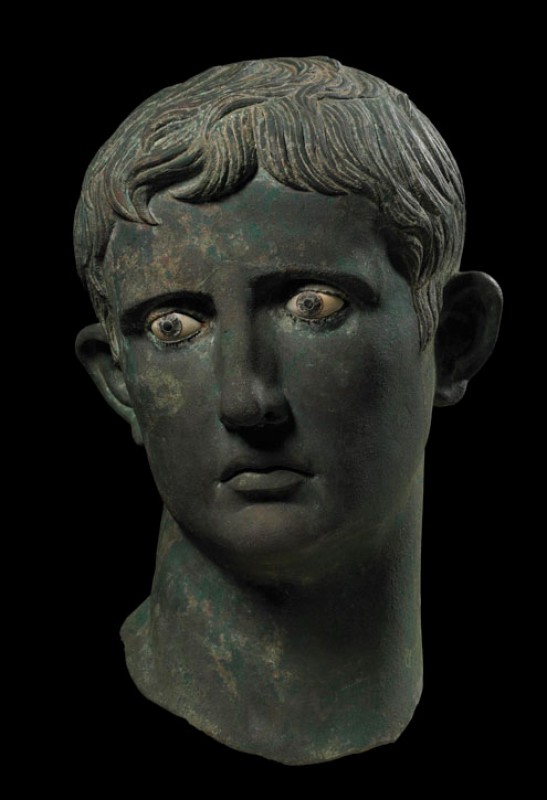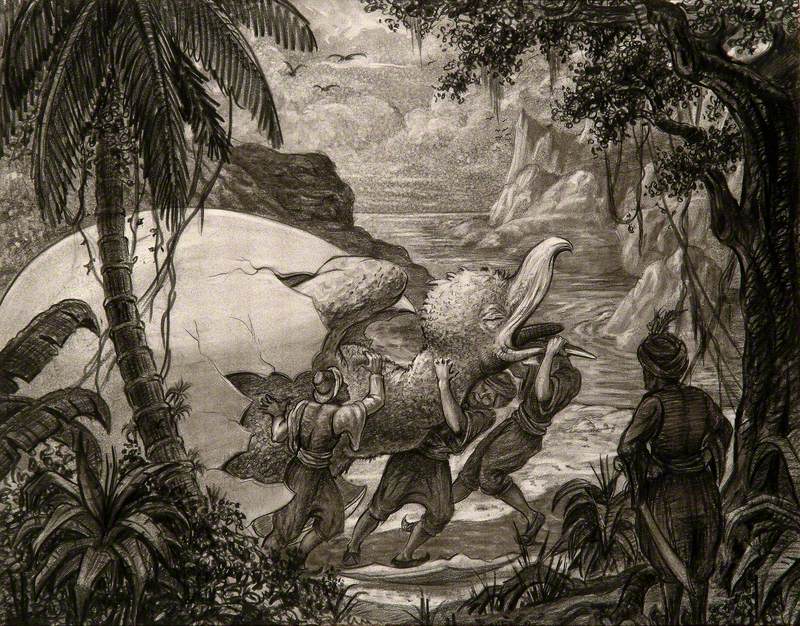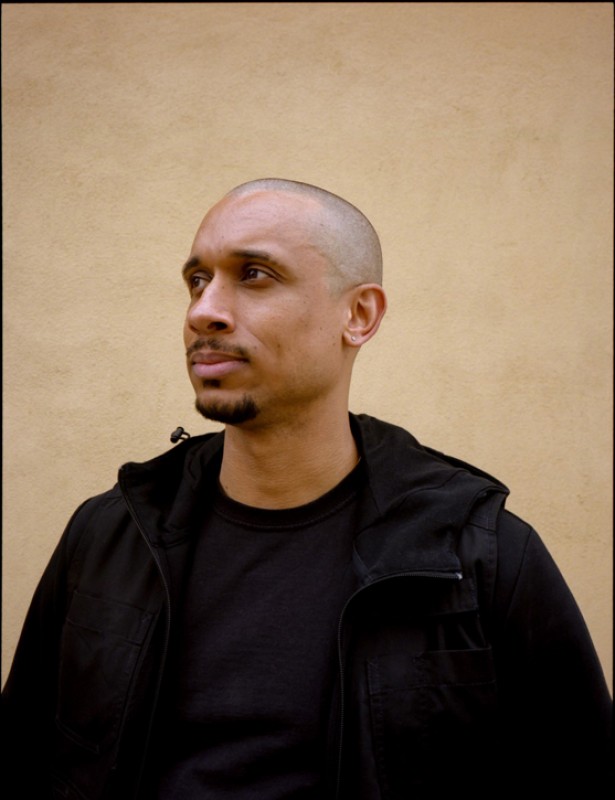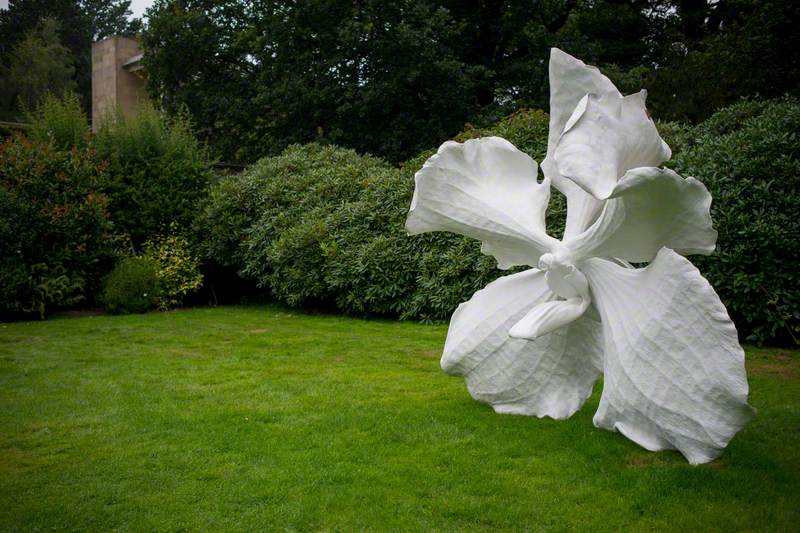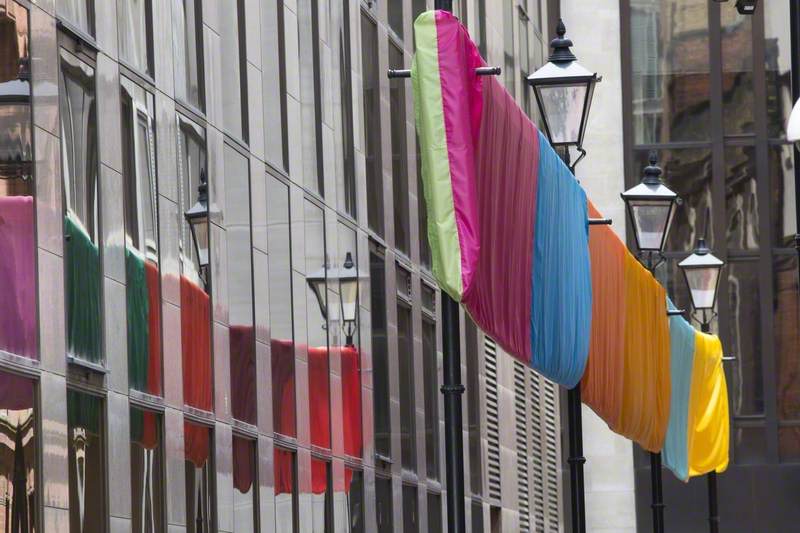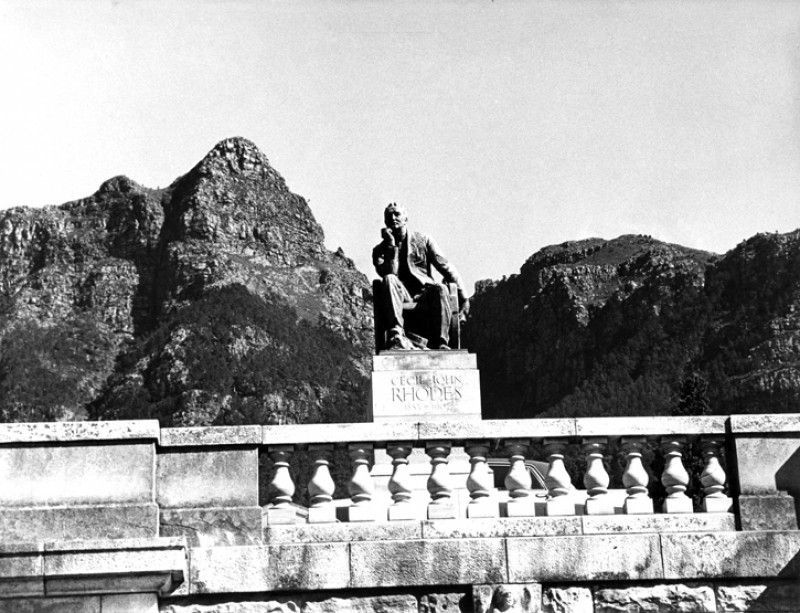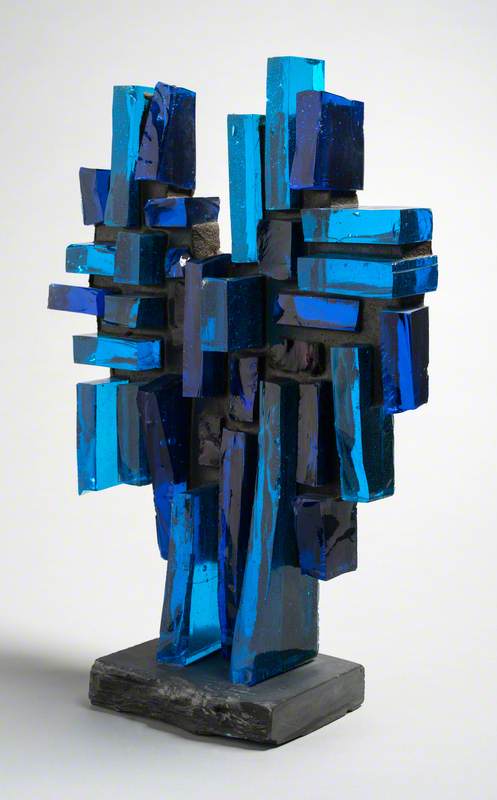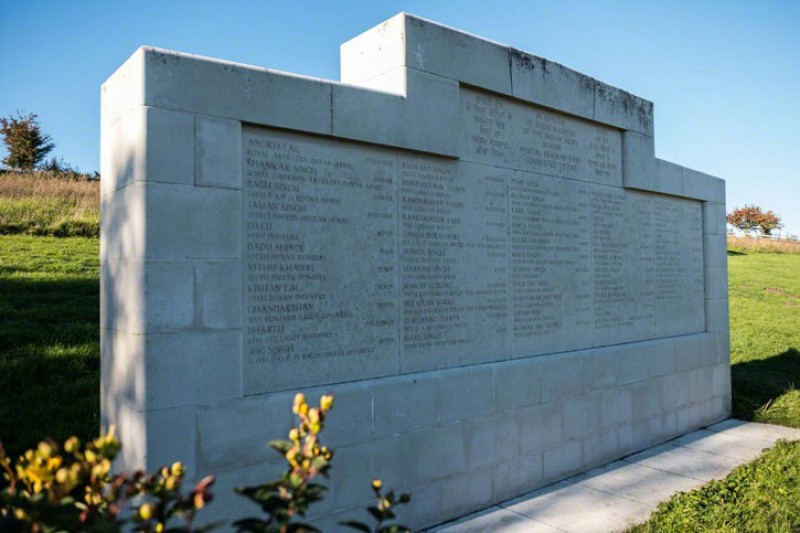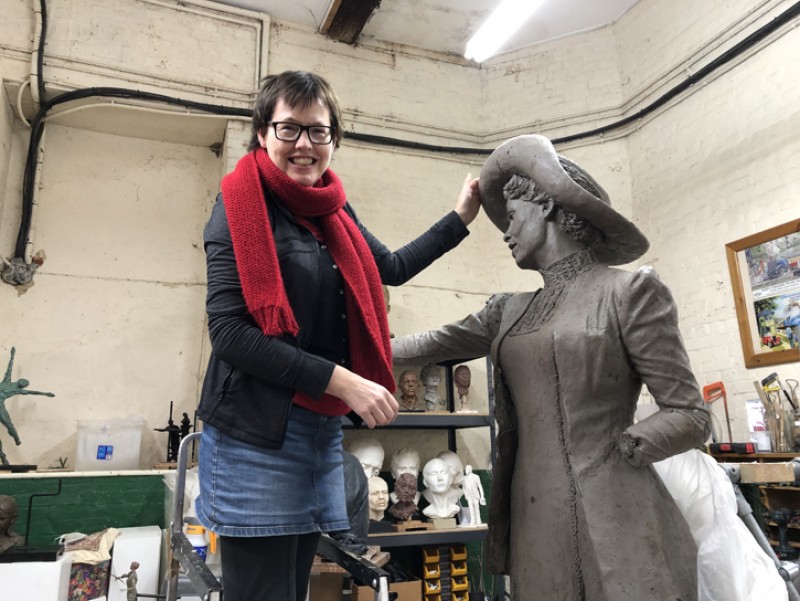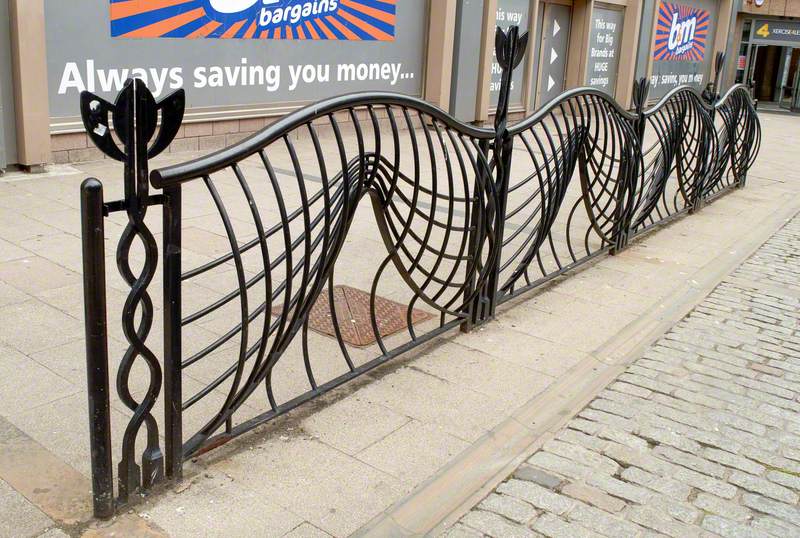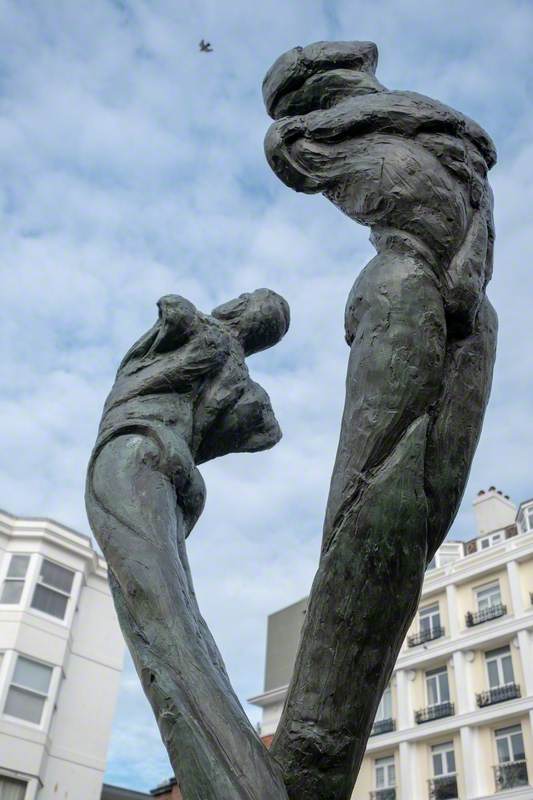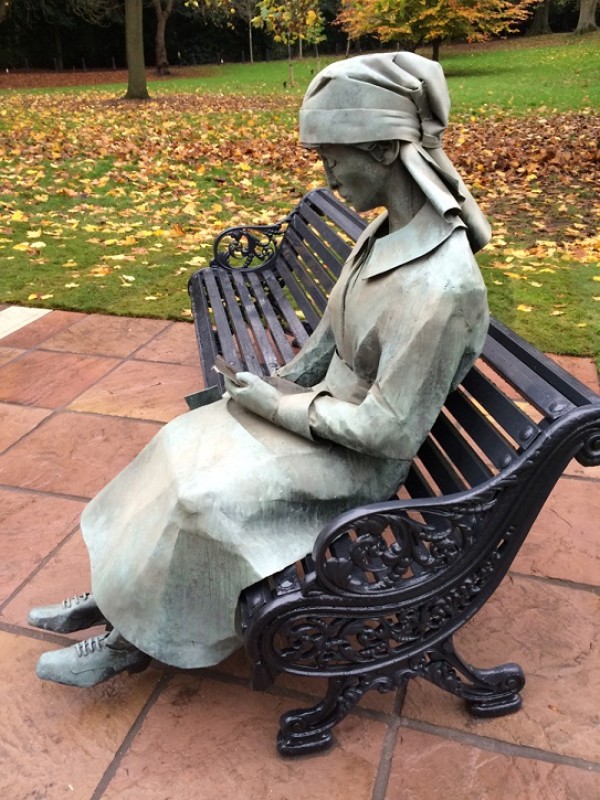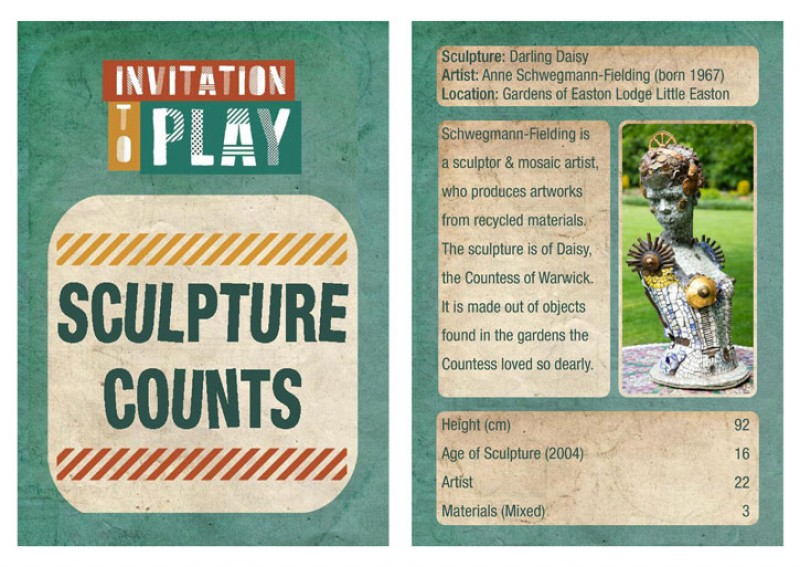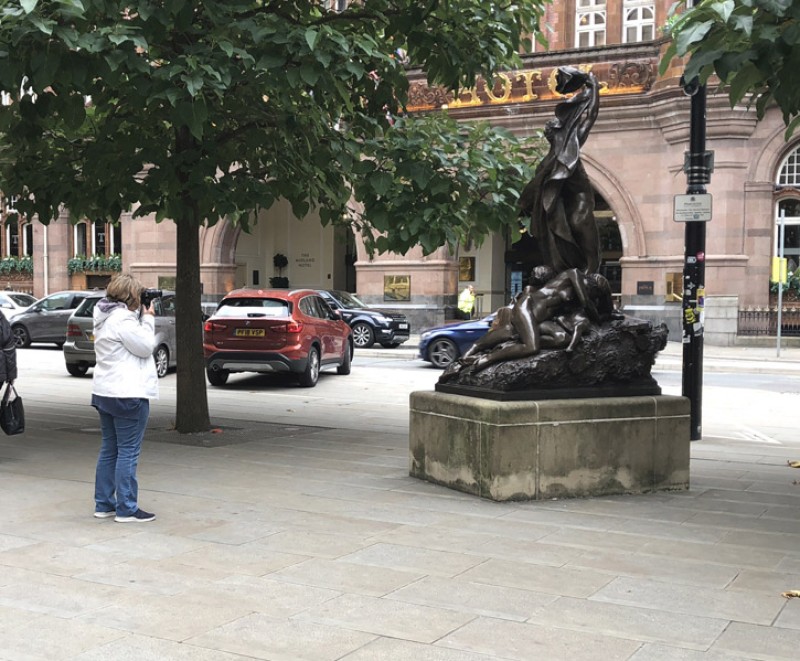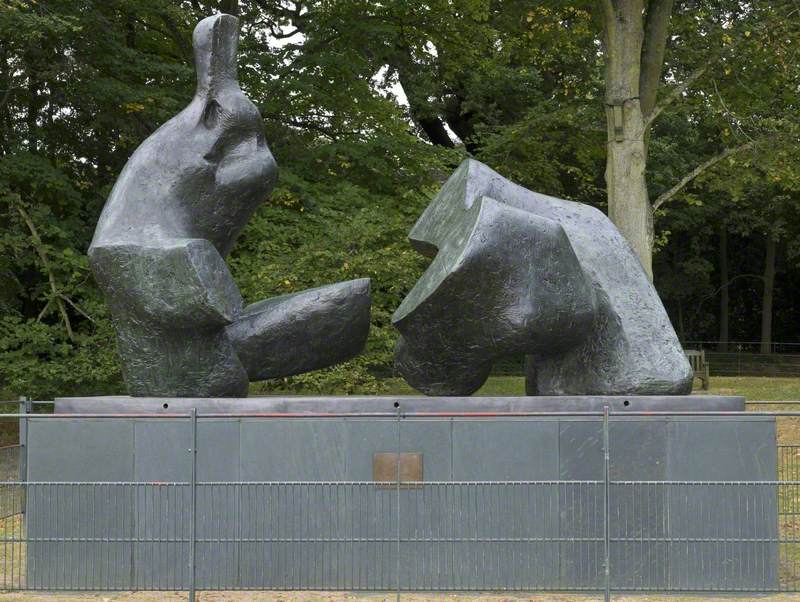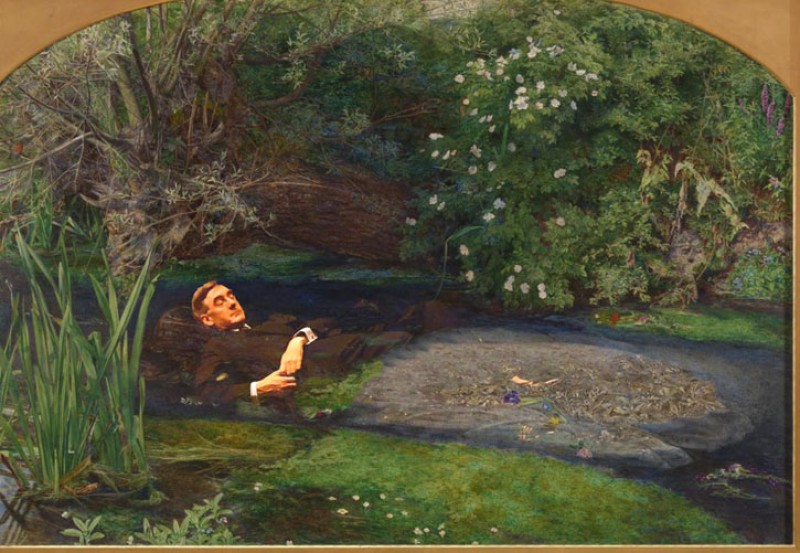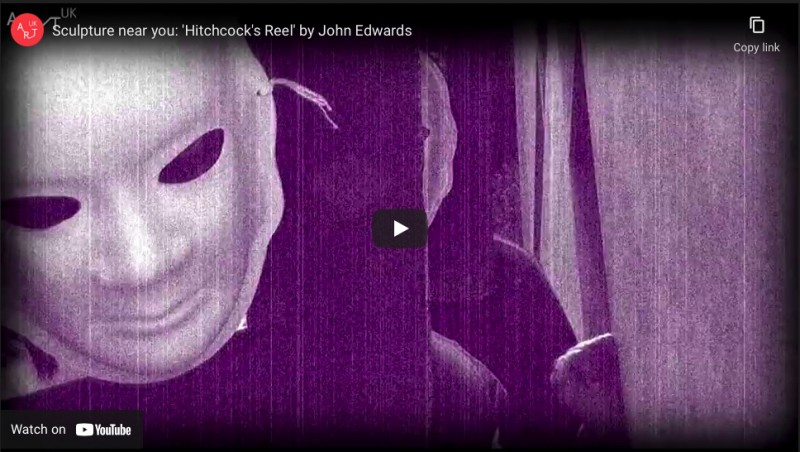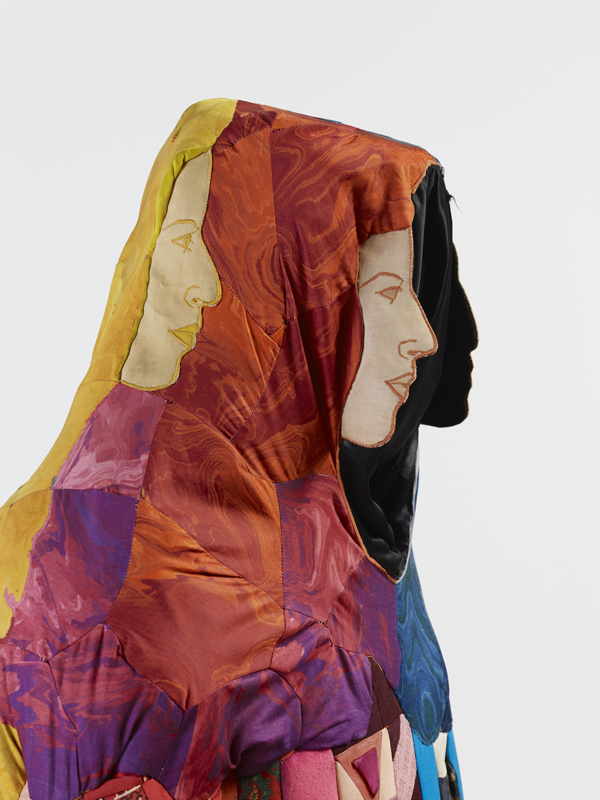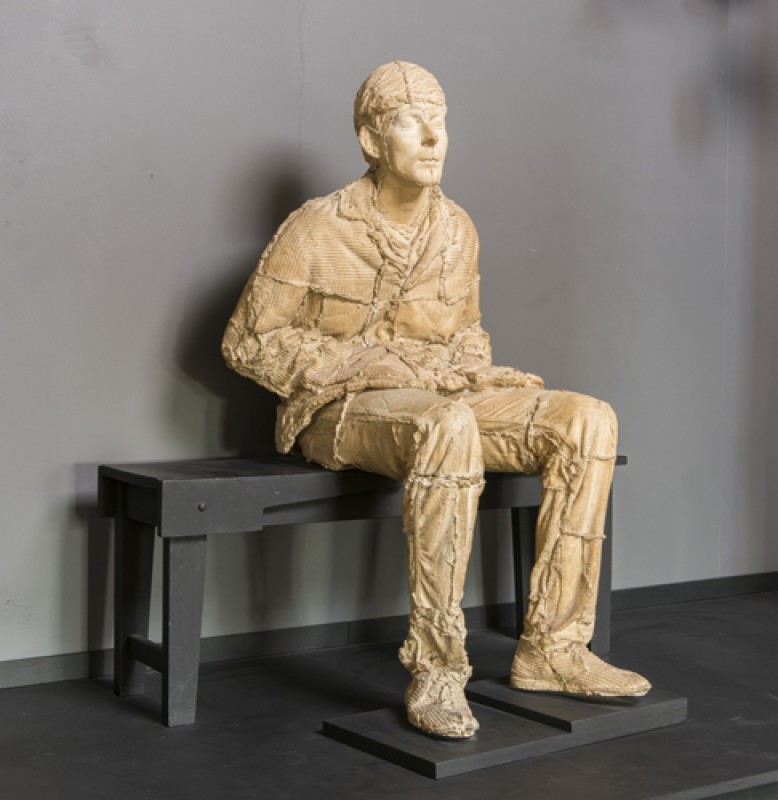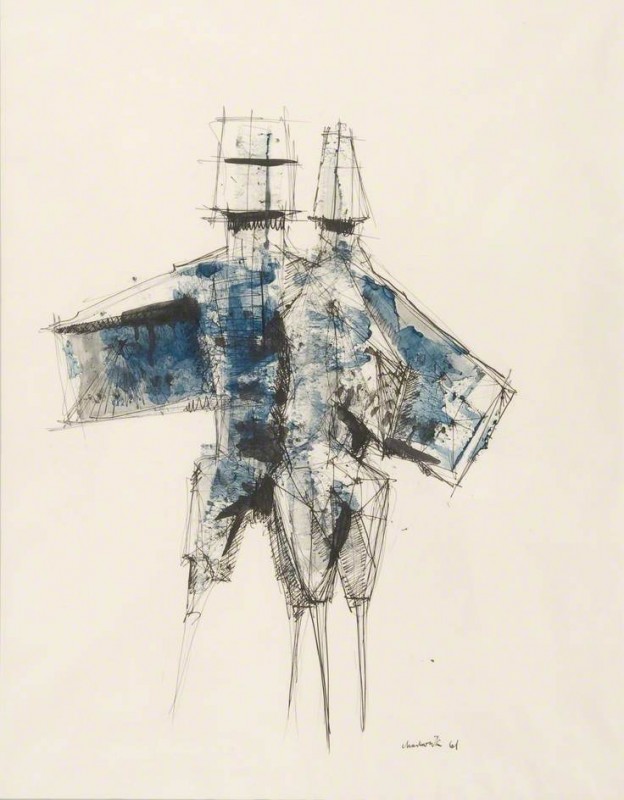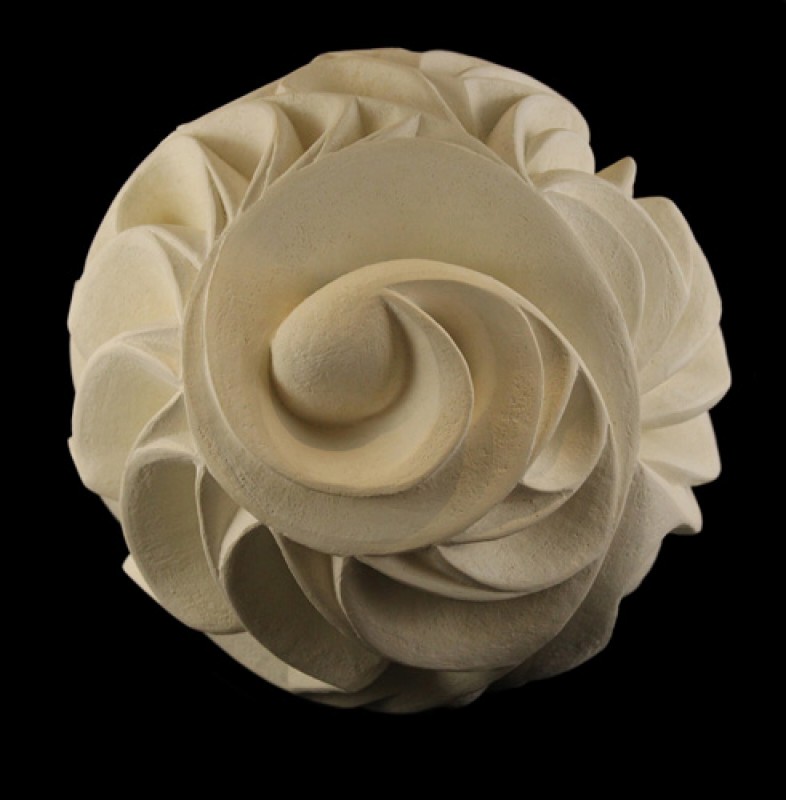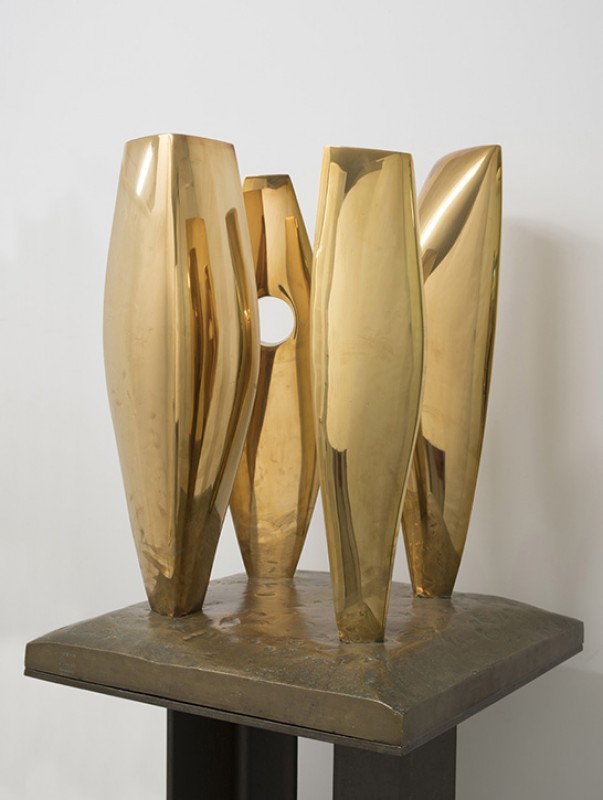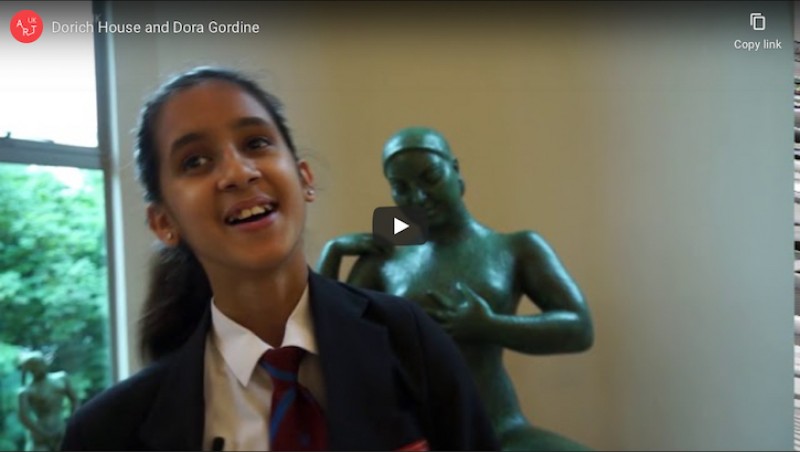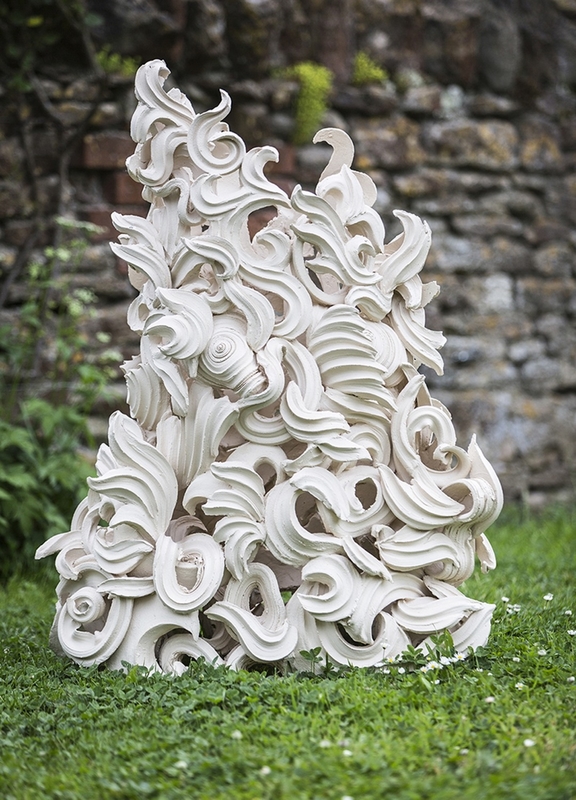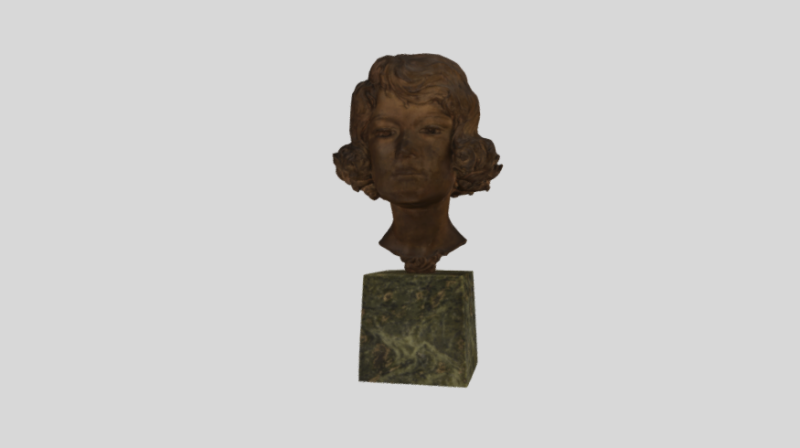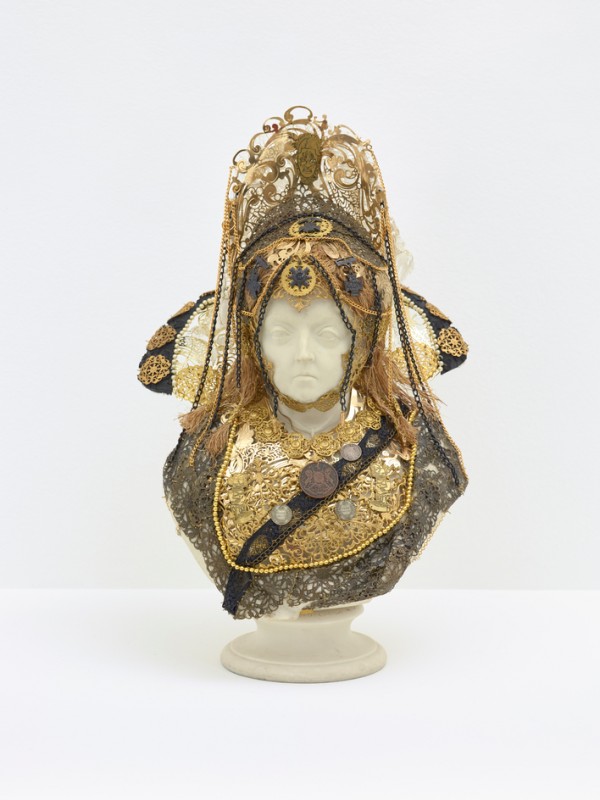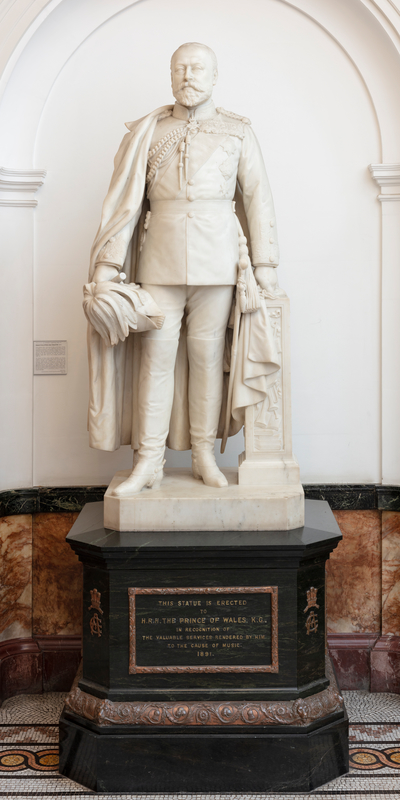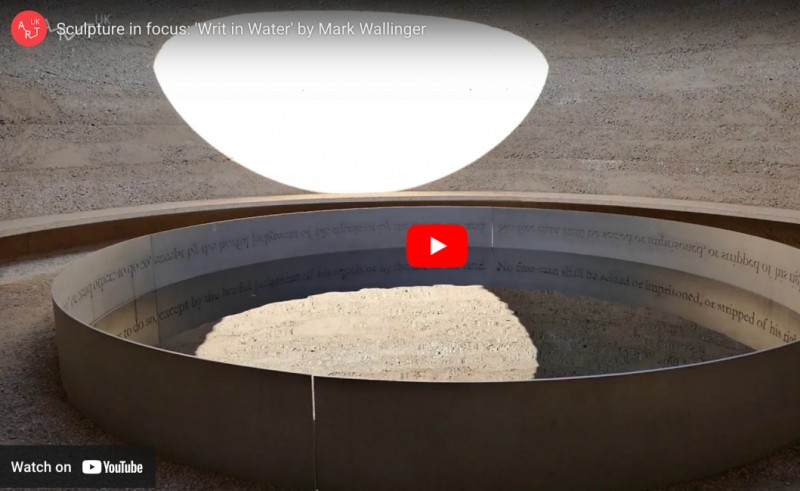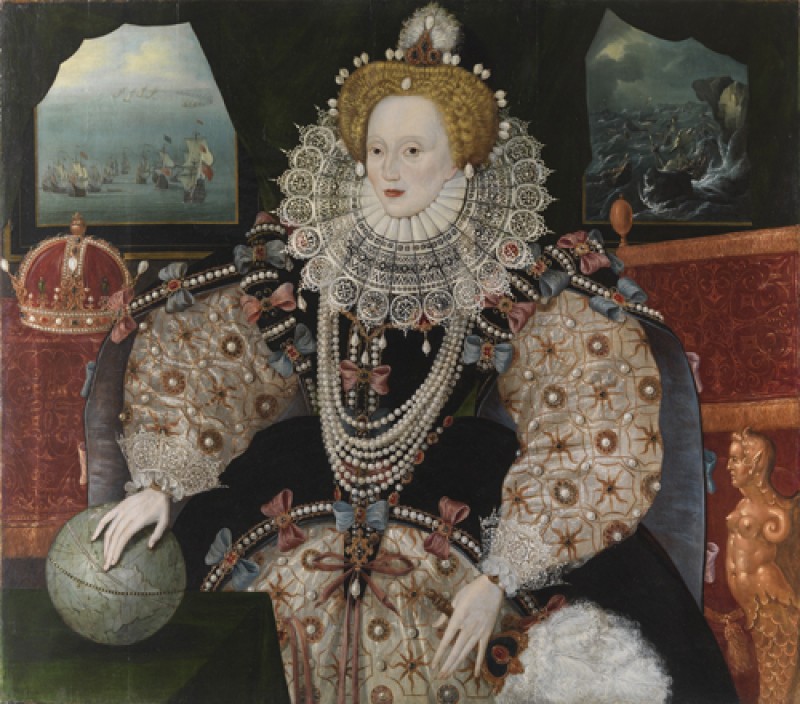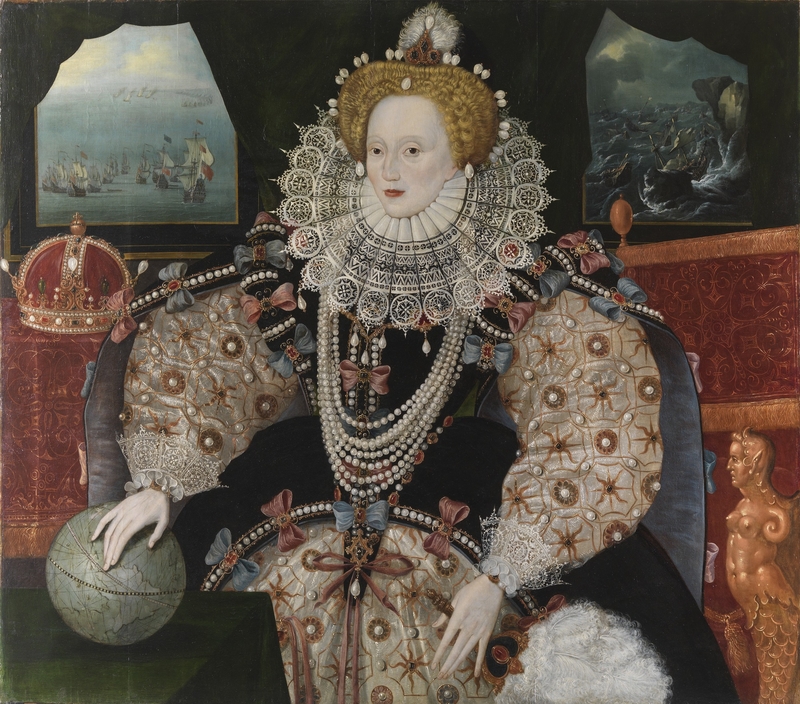Why do we have public sculpture?
Public sculptures are artworks, statues and monuments that are displayed in public places, usually outdoors. There are many different types of public sculpture. Here are a few examples:
1.
Memorials that commemorate war, disasters, remember people who have died, or to people who have done something brave.
Click through to the artworks' pages to discover their stories.
2.
Statues representing people considered important at the time. This includes national figures, such as kings and queens, people with a place in local history, and particularly in the past, people who were rich and powerful.
Public opinion of the people honoured with statues can change over time. For example, Bristol's statue of Edward Colston was thrown into the harbour by protesters in 2020.
3.
Sculptures that tell us something about the place, celebrate something the place is famous for, or become part of what makes a place special.
4.
Art put in public spaces to make it a better place to live in or visit. Draped Seated Woman, for example, was part of a project to put sculptures in housing estates to educate the people who lived there, improve their lives and living standards, and to encourage artists to keep making art after the Second World War.
Discuss public sculpture that your class knows, or use examples from Art UK. What do your students think the purpose of each sculpture is?
Sculptures with stories
Like Draped Seated Woman, many public sculptures have interesting histories. Some statues were created after public campaigns; some sculptures were protested after they were put up; some sculptures have been moved, replaced, broken, or even stolen. Lots of people have personal stories and memories of sculptures, from climbing on Draped Seated Woman to enjoying Angel of the North.
These sculptures each have a story, click through to the artworks' pages to discover them.
Research a local statue
Task students with finding and researching a public sculpture close to your school.
To find local sculptures, use Art UK's map. Zoom in on the red dots on the map. Some will be art venues, and other dots will show public sculptures; if no sculptures are visible now, they may be added later. Alternatively, you can use Art UK's artwork search and choose your region from the drop-down menu.
Students can discuss their chosen sculpture, analysing its purpose and setting, and sharing any personal connections they have to it. This will enable them to come up with questions, which can form the starting point for further research. The artworks page on Art UK will provide some useful information, including who owns the sculpture and who made it, which students may wish to investigate further.
There are several ways students can research their sculpture, local archives and libraries may be able to help. Like the students from Lansbury Lawrence Primary School, your students may wish to collect oral histories, recording recollections from each other, family members or school staff. The Oral History Society has a helpful guide to getting started with oral history.
Share your discoveries
Lansbury Lawrence Primary School students recorded their exploration of Draped Seated Woman in various ways, including drawing, recording oral histories, making a film, and creating animation. This activity focusses on using animation to bring your class's chosen sculptures and their stories to life.
